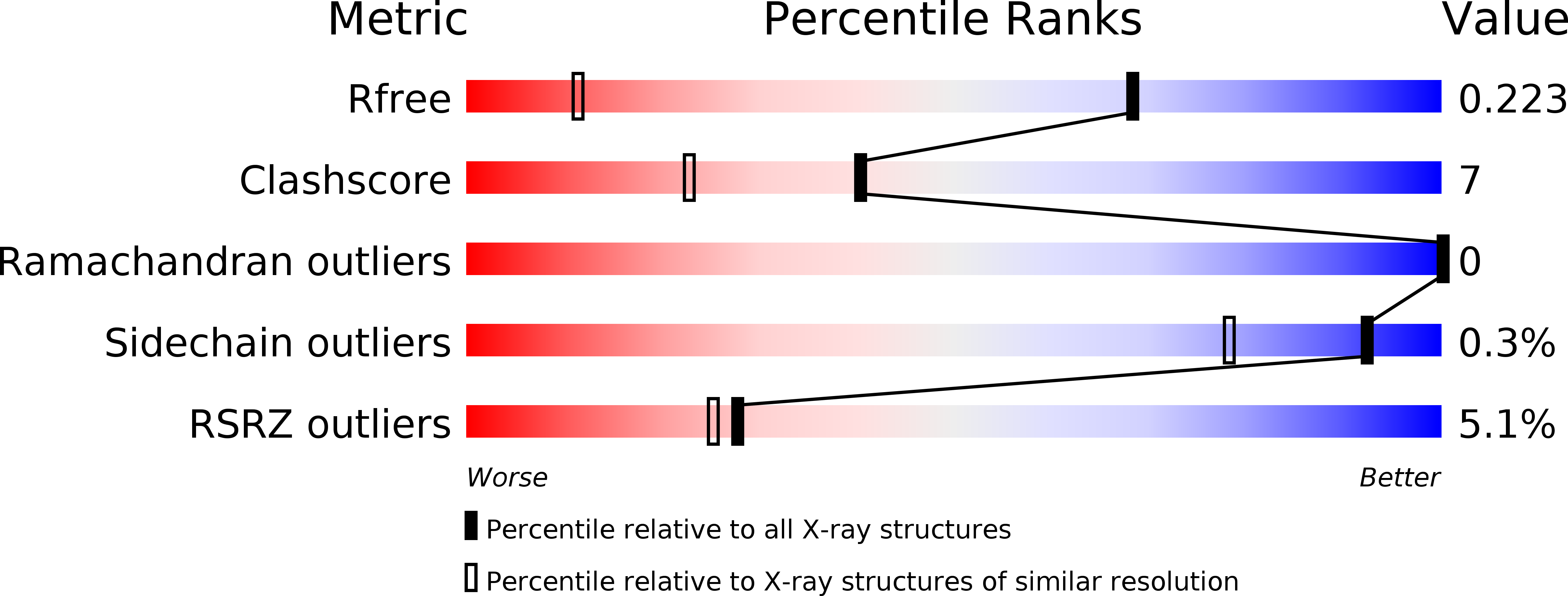
Deposition Date
2017-09-15
Release Date
2018-05-16
Last Version Date
2024-11-13
Entry Detail
PDB ID:
6B0V
Keywords:
Title:
Crystal Structure of small molecule ARS-107 covalently bound to K-Ras G12C
Biological Source:
Source Organism:
Homo sapiens (Taxon ID: 9606)
Host Organism:
Method Details:
Experimental Method:
Resolution:
1.29 Å
R-Value Free:
0.21
R-Value Work:
0.18
R-Value Observed:
0.18
Space Group:
P 1


